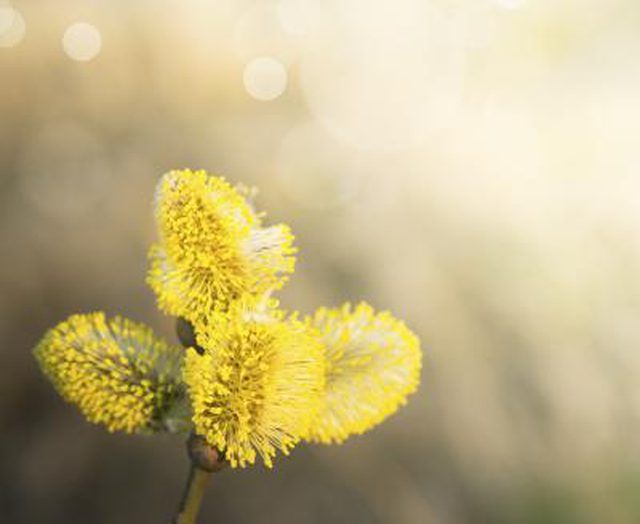Bulbs
Flower Basics
Flower Beds & Specialty Gardens
Flower Garden
Garden Furniture
Garden Gnomes
Garden Seeds
Garden Sheds
Garden Statues
Garden Tools & Supplies
Gardening Basics
Green & Organic
Groundcovers & Vines
Growing Annuals
Growing Basil
Growing Beans
Growing Berries
Growing Blueberries
Growing Cactus
Growing Corn
Growing Cotton
Growing Edibles
Growing Flowers
Growing Garlic
Growing Grapes
Growing Grass
Growing Herbs
Growing Jasmine
Growing Mint
Growing Mushrooms
Orchids
Growing Peanuts
Growing Perennials
Growing Plants
Growing Rosemary
Growing Roses
Growing Strawberries
Growing Sunflowers
Growing Thyme
Growing Tomatoes
Growing Tulips
Growing Vegetables
Herb Basics
Herb Garden
Indoor Growing
Landscaping Basics
Landscaping Patios
Landscaping Plants
Landscaping Shrubs
Landscaping Trees
Landscaping Walks & Pathways
Lawn Basics
Lawn Maintenance
Lawn Mowers
Lawn Ornaments
Lawn Planting
Lawn Tools
Outdoor Growing
Overall Landscape Planning
Pests, Weeds & Problems
Plant Basics
Rock Garden
Rose Garden
Shrubs
Soil
Specialty Gardens
Trees
Vegetable Garden
Yard Maintenance
Information on Dappled Willow Shrubs
Information on Dappled Willow Shrubs. Dappled willow shrubs (Salix integra) bring more than gracefully weeping branches to the garden. Picture an explosion of salmon-pink spring foliage that softens to cream-dappled, muted green in summer and brightens to golden-yellow in fall. Dappled willow cultivar “Hakuro-nishiki” (Salix integra...

Dappled willow shrubs (Salix integra) bring more than gracefully weeping branches to the garden. Picture an explosion of salmon-pink spring foliage that softens to cream-dappled, muted green in summer and brightens to golden-yellow in fall. Dappled willow cultivar "Hakuro-nishiki" (Salix integra "Hakuro-nishiki") and "Flamingo" (Salix integra "Flamingo") grow in U.S. Department of Agriculture plant hardiness zones 5 through 9. Their leaf color is strongest in USDA zones 5 through 6.
Natural Habitat
Dappled willow species plants grow wild in Siberia, China, Korea and Japan. In western North America, coyotes take refuge in dappled willow thickets. As a result, the shrubs are sometimes called coyote willows. The wild plants appear at low and high elevations, usually near water. Cultivated plants are natural choices for difficult, wet soils, but they also manage on drier sites than many other willow species.
The Cultivars
Dappled willow "Flamingo" is a dwarf sport, or natural mutation, of "Hakaro-nishiki." This is good news if you have a small yard, because without heavy annual pruning, "Hakaro-nishiki" may reach 15 feet tall and 20 feet wide. "Flamingo" packs all its parent's ornamental punch on to a 3- to 6-foot-tall, 2- to 3-foot-wide frame, with the added bonus of brilliant red fall and winter stems. "Flamingo's" Dutch propagators report that its new pink growth opens earlier and holds its color longer than "Hakaro-nishiki's." Both cultivars respond to a midsummer trim with new flushes of pink leaves.
Dappled Willow Care
Dappled willows perform best in full sun, with afternoon shade where summers are hot and dry. They need consistently moist soil that's acidic to mildly alkaline. After the final spring frost, but before they break dormancy, prune the shrubs by one-third to encourage lush new growth. Wipe your pruning tools with a cloth soaked in isopropyl alcohol to sterilize them after use. Spring is also the time to fertilize them with a granulated fertilizer formulated for acid-loving plants. Sprinkle it evenly over your willow's drip line, where rain falls to the soil from its outermost branches to the soil. Use 1 cup, or the manufacturer's recommended amount, for each 1 foot of the plant's diameter up to 3 feet. Increase the fertilizer to 2 cups per 1 foot for larger shrubs. To supplement the fertilizer and improve your soil's moisture retention, work a 2-inch layer of organic compost into the top 6 to 8 inches of soil once a year.
Potential Problems
Pests and diseases rarely trouble dappled willows. The biggest challenge they have comes from their freely suckering habit. While the shrubs release airborne seeds every spring, they spread much more quickly through suckers sprouting from their bases. To keep the willows from taking over the garden, trim the suckers as they appear, or at least once a year.